Amid the ongoing transformation of manufacturing models, process control systems are undergoing a structural redistribution. Handling units, once considered "auxiliary modules," are now playing an increasingly critical role in manufacturing. From material transfer to process coordination, from spatial layout to the coordinated arrangement of operational logic, handling is no longer simply a "point-to-point" operation; it now serves as a vital link in the overall process.
From action execution to process organization: The role of handling units is shifting
Traditionally, handling is often accomplished by fixed-path conveyors or simple industrial equipment. Their functions are relatively stable, and their operation relies primarily on commands and directive responses from core systems. However, as the pace of production demands ever-increasing flexibility, responsiveness, and coordination, this logic is being disrupted. Today's handling units are no longer simply modules that "execute actions" but rather cutting-edge nodes with robust judgment capabilities capable of participating in process orchestration.
Especially with the increasing integration of multi-axis robotic arms and flexible automation equipment into the front lines of the factory floor, the definition of handling is being redefined. These new-generation devices not only handle high-frequency, high-precision handling tasks but also dynamically respond to changing tasks, enabling real-time collaboration with other process units. As a result, handling units are no longer simply "transfer stations" within a process, but rather one of the "command stations" of process organization.
The System Logic Behind the Rise of Robotic Arms: From Local Execution to Global Scheduling
The leap in handling unit capabilities is inextricably linked to the deep integration of robotic arm technology. In modern manufacturing systems, robotic arms are no longer solely used for heavy lifting or simple palletizing. Driven by software, they are now taking on a wider range of tasks based on cadence, routing, and collaborative decision-making. The handling units they form not only precisely connect preceding and succeeding workstations but also adapt their movements to actual task intensity.
More importantly, robotic arms often also serve as "information collection terminals," providing real-time monitoring of material status, workstation loads, and cadence. This data, after system integration, is fed back to the scheduling core, enabling the reallocation of manufacturing resources. This also elevates handling units from their original "action output" role to a bidirectional node with "data input and process feedback."
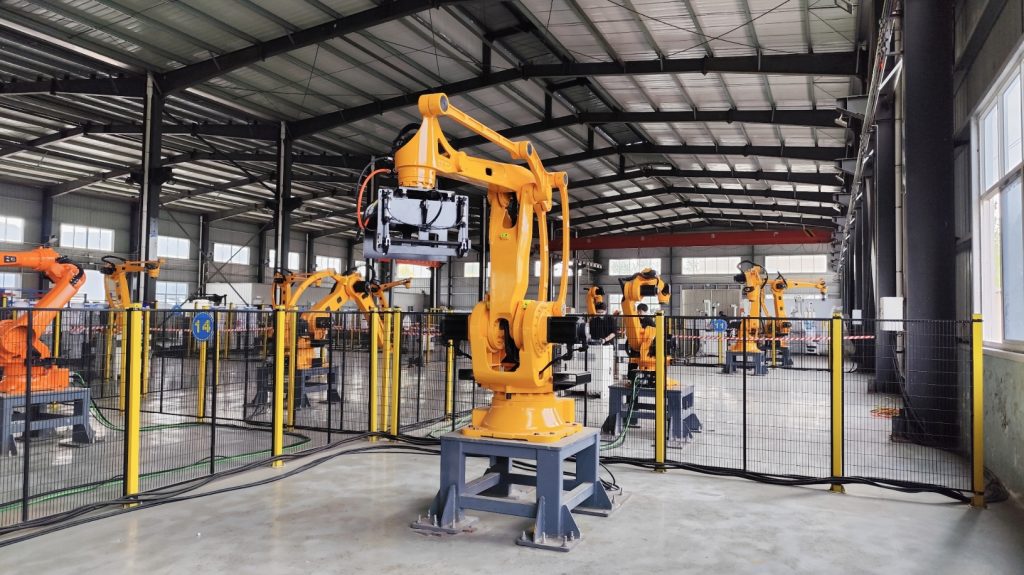
Behind the Collaboration of Automated Equipment: The Loosening of Manufacturing Power Structures
It is worth noting that the upgrade of handling units is not an isolated event, but a direct result of the improved collaborative efficiency of the entire set of automated equipment. In the past, control of manufacturing sites often concentrated in the core scheduling system, while the equipment was responsible for mechanical responses. However, when multiple handling units were equipped with edge computing capabilities and local optimization logic, this "core command-peripheral response" structure began to loosen.
This means that industrial equipment is beginning to exhibit a "parallel interaction" collaboration: no longer a clear hierarchy, but rather joint decisions based on real-time information, cycle changes, and material status. This structural shift improves the resilience of the production system and also promotes the redistribution of manufacturing processes: control logic is no longer a one-way layout, but a dynamic network with multi-point distribution and collaborative participation.
From Equipment Deployment to Model Reshaping: Handling Units Are the Signal Source for System Reconfiguration
If the robotic arm is the backbone of manufacturing upgrades, then the handling unit is the sensitive node that reflects the state of system reconstruction. It not only takes on the task capabilities of the automated equipment but also reflects the level of the industrial system's collaborative architecture.
To a certain extent, whether an enterprise has the ability to "redistribute processes" can often be seen in its handling unit deployment strategy. For example, some companies no longer view handling tasks as "independent supporting modules" but rather as integral parts of their production strategies. Within the coordinated planning of process scheduling, pace matching, and resource allocation, handling units are placed at the core, forming multi-directional linkages with assembly, testing, packaging, and other processes. This "structured handling" concept signals a shift in manufacturing from equipment automation to process intelligence.
Conclusion: Reshaping Process Control Begins with Understanding Handling Units
The reallocation of manufacturing processes is not a strategic blueprint; it stems from structural changes at the frontline operational nodes. The handling unit is the starting point and guiding force behind this change. As it evolves from single-point execution to multi-dimensional collaboration, and from passive response to logical participation, it reflects a holistic shift in the structure of manufacturing systems.
In the complex context of flexible manufacturing, lean production, and high-mix, low-batch production, reshaping process control is no longer a technological revolution, but rather a reinterpretation of manufacturing logic. This understanding begins with a clear understanding of the true role and future potential of handling units.
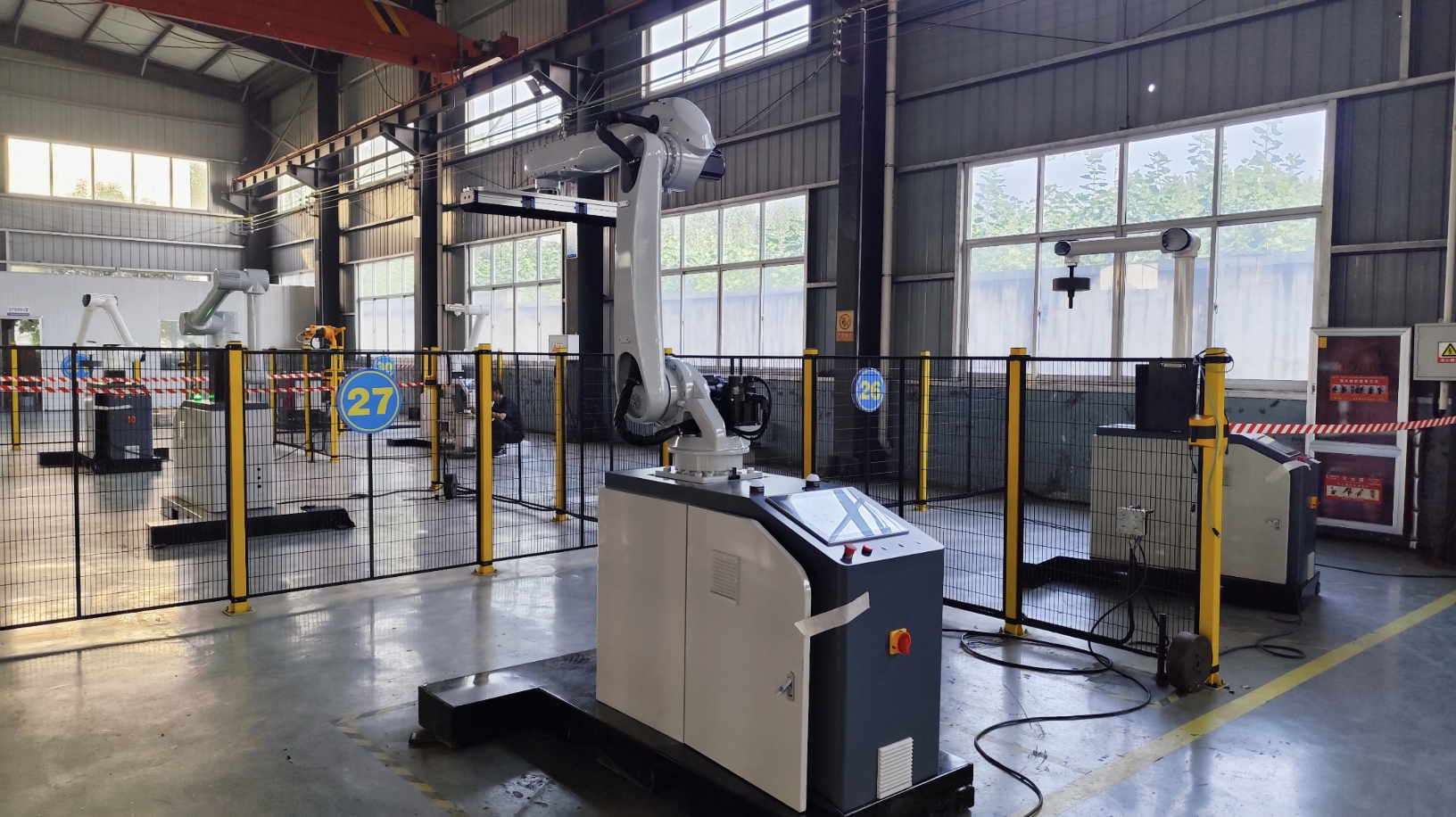
Online Consultation
Hello, the current customer service is offline. You can leave your contact information and the staff will respond to you as soon as possible!


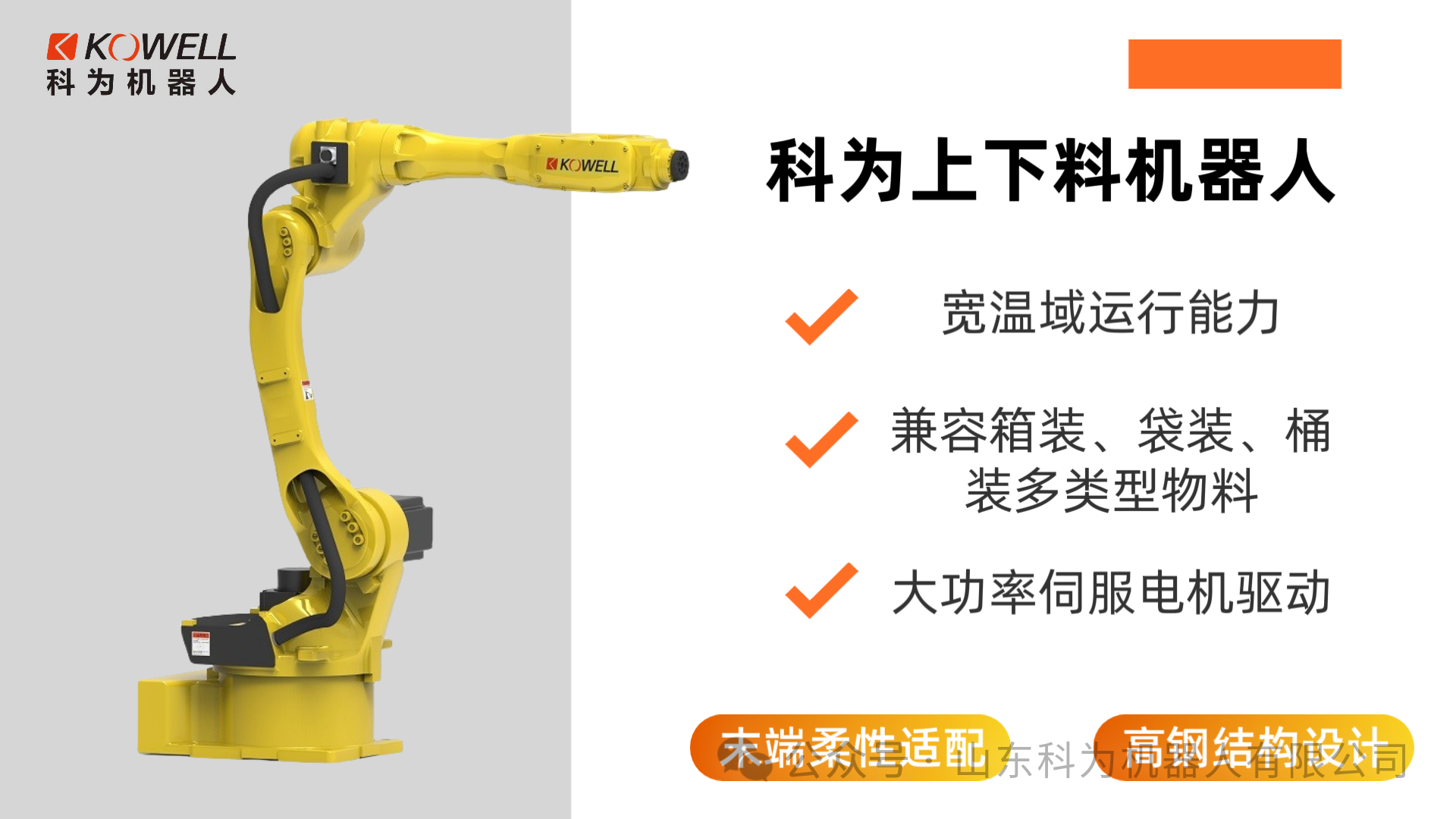

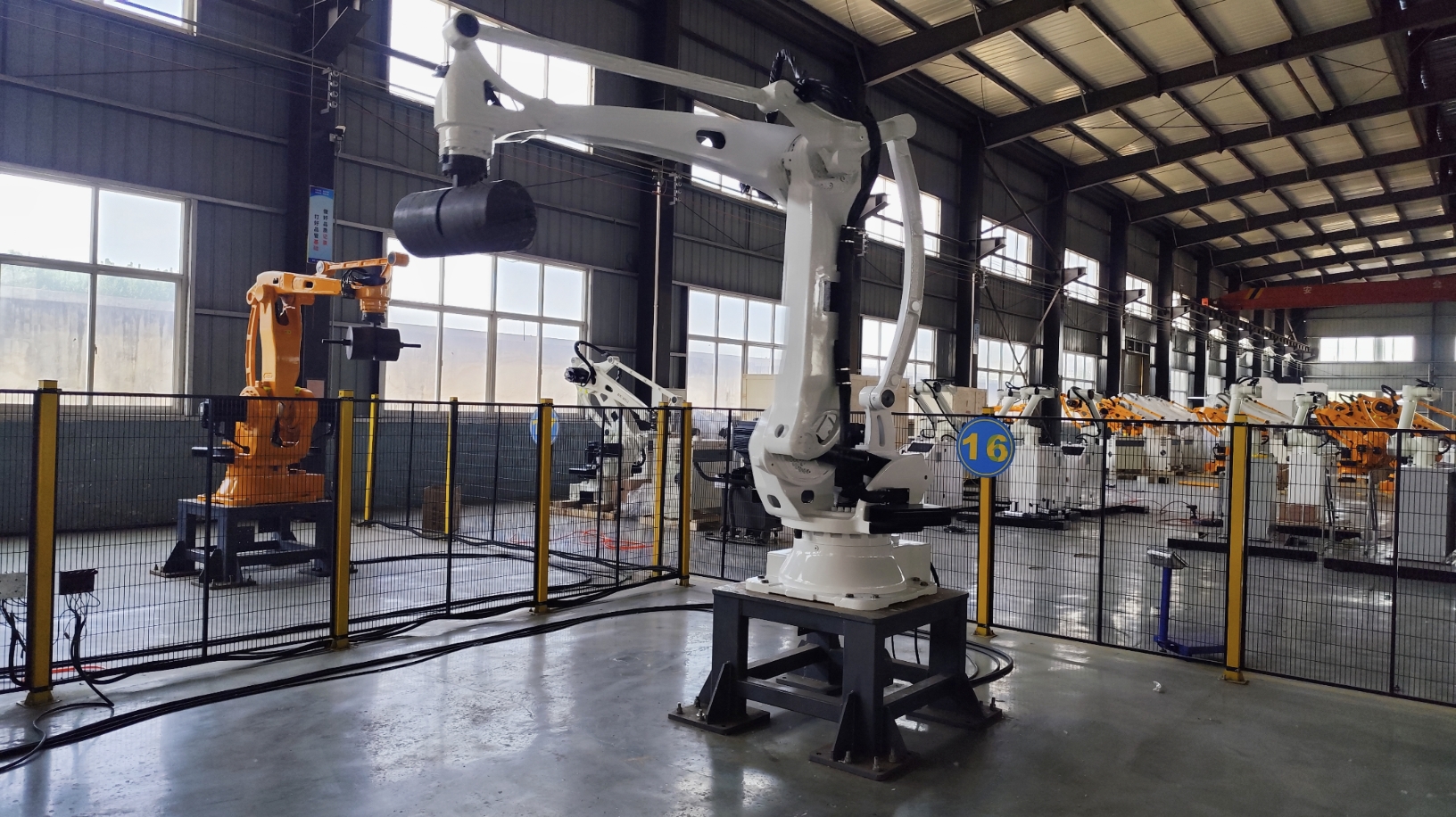
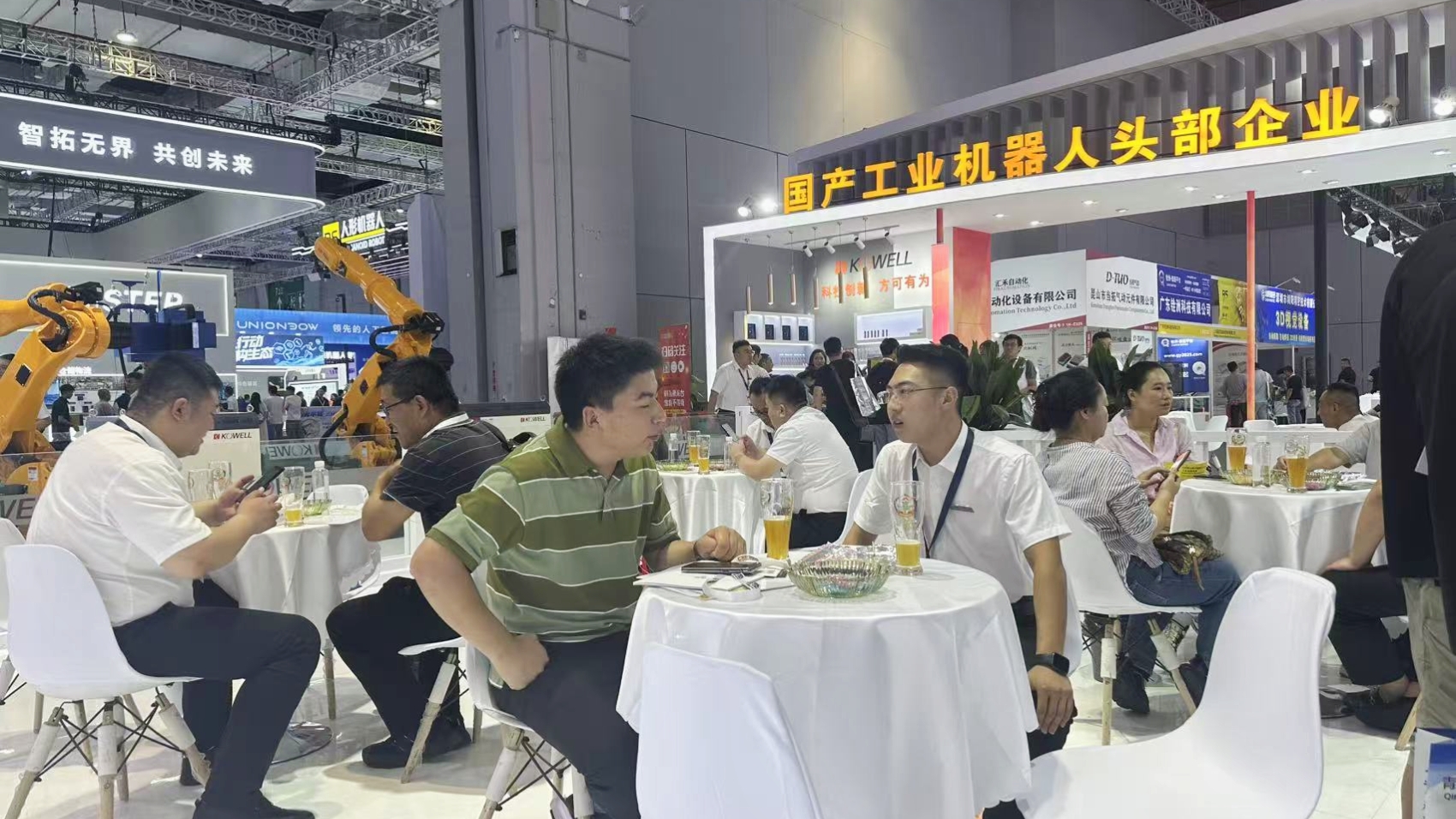
![[CIIF Day 4: Technology In-Depth] Kewei Robotics Drives Intelligent Manufacturing with Innovation, Leading the Wave of Industrial Transformation](https://cdn.cnyandex.com/kw_en/uploads/9.26.1.jpg)